Did A German Court Just Shatter One Of The Biden Era's Biggest Lies
Below is my column in The Hill on the latest development in the investigation of the environmental crimes committed in the sabotage of the Nord Stream pipelines in the waters near Denmark and Sweden in 2022. The German court issued an arrest warrant for a Ukrainian in a move that could prove an embarrassment for not just Volodymyr Zelensky but Joe Biden. The truth is still unknown with allegations against both Russia and Ukraine. There are “false flags” flying on both sides that dismiss clues pointing to one country or the other. However, the Germans appear to be zeroing in on key Ukrainian figures.
It is often said that “the first casualty when war comes is truth.” A criminal warrant just issued in Germany shows that war continues to claim its victims. However, this warrant could prove to be as great an indictment not just of the government of Volodymyr Zelensky, but also of former President Joe Biden.
This week, a German court issued an arrest warrant for Ukrainian Serhii Kuznietsov, which may finally confirm what was long suspected: that Ukraine was responsible for the 2022 sabotage of the Nord Stream pipelines in the waters near Denmark and Sweden.
The Biden administration may have been given prior warning. It was allegedly told years ago by a Ukrainian whistleblower that a six-person team of Ukrainian special forces was planning to rent a boat, dive to the sea floor and blow up the Nord Stream project. The operation was reportedly led by Gen. Valerii Zaluzhnyi, commander-in-chief of Ukraine’s armed forces.
Nevertheless, after the attack, the Biden administration and many in the media fueled speculation that Russia had destroyed its own pipeline, despite evidence and logic to the contrary.
It was another convenient claim of a Russian false-flag operation that allowed the Biden administration to ignore the possibility that Ukraine had not only engaged in environmental crimes but had also knowingly lied to its allies.
For years, some of us have questioned the official account from the Biden administration about the available evidence of those responsible.
The suggestion of a Russian attack on a Russian pipeline never seemed logical.
However, the administration was funneling billions in support for Ukraine, funding that now exceeds an estimated $180 billion.
Having Ukraine sabotage pipelines to our allies would hardly be opportune when many were questioning the costs to U.S. citizens.
The Biden administration was not alone in running interference for Ukraine, as Zelensky denied responsibility despite mounting evidence to the contrary. When another alleged Ukrainian saboteur was found in Poland, a Polish court blocked the extradition to Germany and ordered his release. The reason? The judge did not base the decision on Ukrainian denials. Instead, he declared that the act had been committed in the name of a just war. (Poland remains the frontline against Russian aggression in Europe).
An Italian court did not engage in such rationalization. It ordered the extradition of Kuznietsov, believed to be a key figure in the conspiracy. The attack involved leasing a yacht in the German port of Rostock, using forged IDs and a screen of intermediaries. Kuznietsov insists that he was an army captain serving in Ukraine at the time.
If the investigators are correct, it was not just the Ukrainian government that was lying to us. Biden was also presumably informed by the intelligence agencies of this evidence. Yet Biden kept suggesting anyway that the Russians were covering up the truth. He told the public, “The Russians are pumping out disinformation and lies. We will work with our allies to get to the bottom [of precisely what happened] Just don’t listen to what Putin’s saying. What he’s saying we know is not true.”
Ironically, even if we were told about this evidence, the public might still have supported the commitment to Ukraine. After all, Ukraine is the victim of a horrendous invasion that has involved repeated charges of war crimes against the Russian forces. However, the public has a legitimate expectation that a country that is receiving billions in support will not engage in environmental attacks on our allies. These pipelines were in the economic zone of two NATO countries.
As the Germans work to find the truth, the question is whether the American public will ever be given transparency on our own government’s alleged complicity or knowledge. The public was asked to pump billions into a war while the administration allegedly covered up an attack by Ukraine on a Western pipeline — and then may have misled the public.
The public also has a right to know if the CIA was told in advance that this attack was coming and either gave tacit approval or said nothing to our allies.
While Johnson is often quoted on his 1929 line about truth in war, the line following was equally poignant: “this mode of propaganda whereby … people become war hungry in their patriotism and are lied into a desire to fight. We have seen it in the past; it will happen again in the future.”
It may have happened in the U.S., and truth was not the only casualty. The American people were treated as chumps who could not handle the truth.
* * *
Jonathan Turley is the Shapiro professor of public interest law at George Washington University and the author of the best-selling book “The Indispensable Right: Free Speech in an Age of Rage.”
Tyler Durden Mon, 12/01/2025 - 17:00

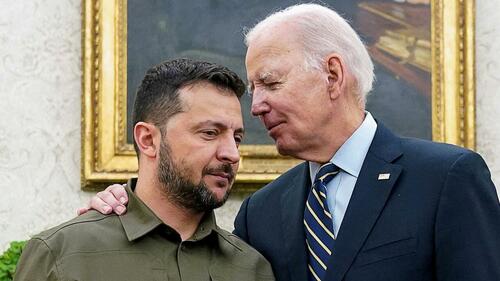



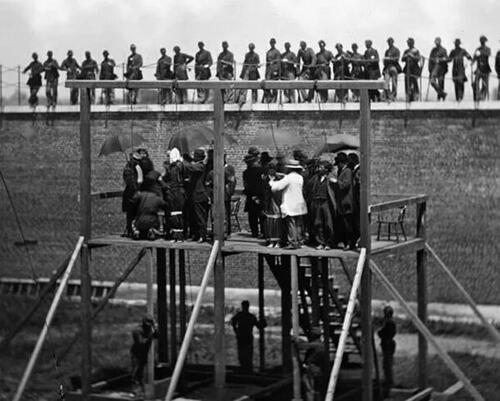
 Iranian drone & helicopter carrier, the Martyr Bahman Bagheri, via AFP.
Iranian drone & helicopter carrier, the Martyr Bahman Bagheri, via AFP.

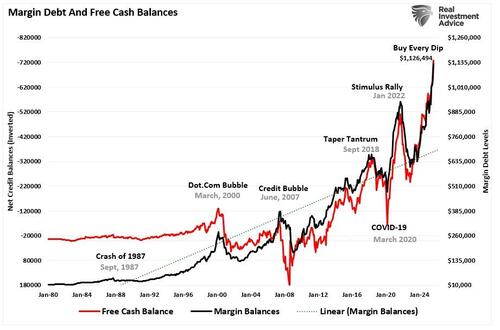
 Adm. Giuseppe Cavo Dragone, via ANSA English
Adm. Giuseppe Cavo Dragone, via ANSA English Asylum seekers listen to UNHCR workers at the entrance of Mexico's Refugee Help Commission and UNHCR offices in Tijuana, Baja California state, Mexico on Jan. 24, 2025. Guillermo Arias/AFP via Getty Images
Asylum seekers listen to UNHCR workers at the entrance of Mexico's Refugee Help Commission and UNHCR offices in Tijuana, Baja California state, Mexico on Jan. 24, 2025. Guillermo Arias/AFP via Getty Images
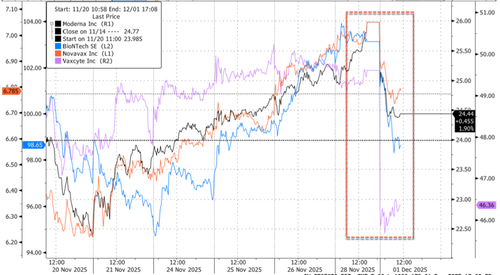


 A rent sign seen in Maryland on Nov. 12, 2023. Madalina Vasiliu/The Epoch Times
A rent sign seen in Maryland on Nov. 12, 2023. Madalina Vasiliu/The Epoch Times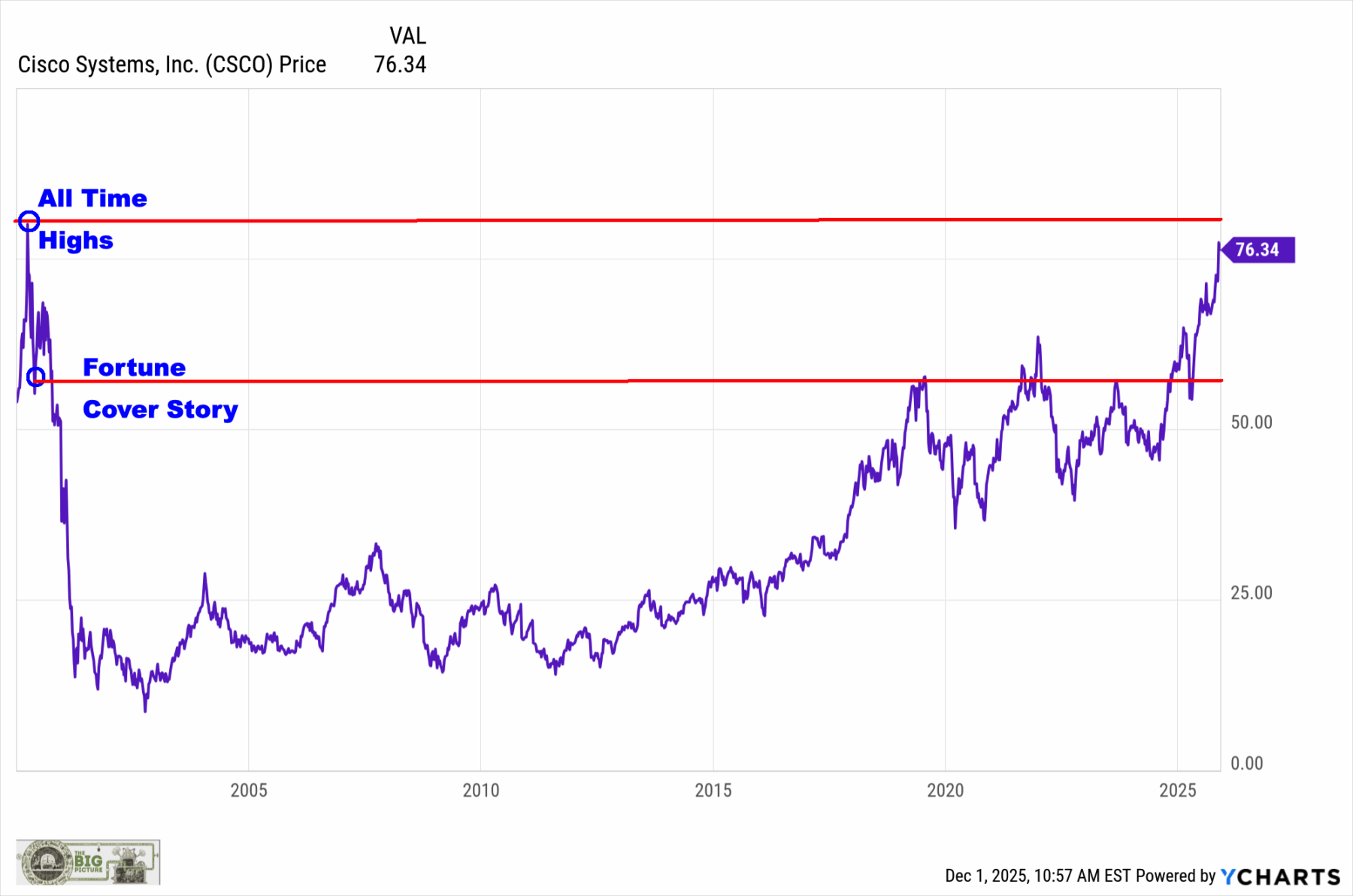
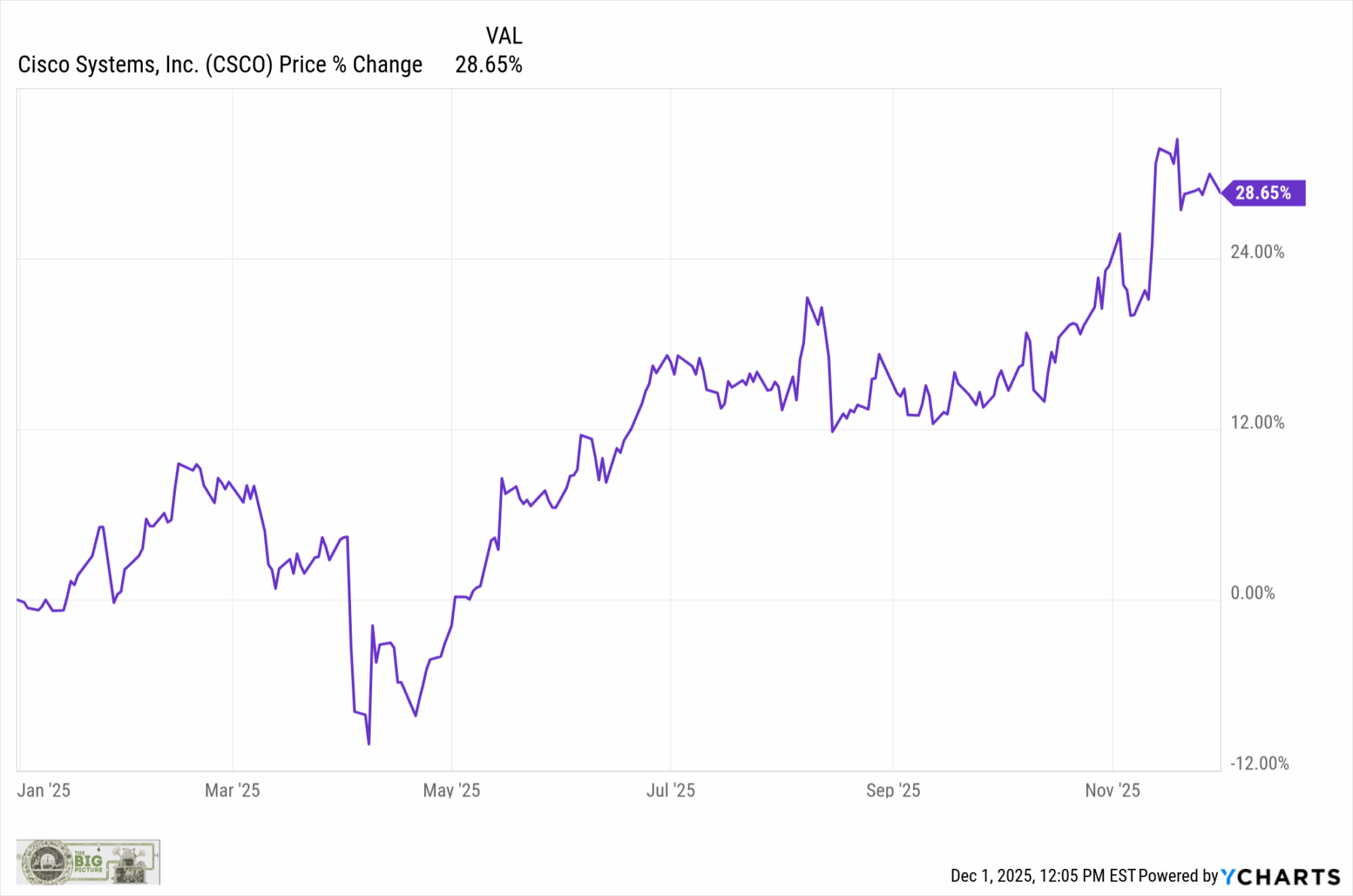
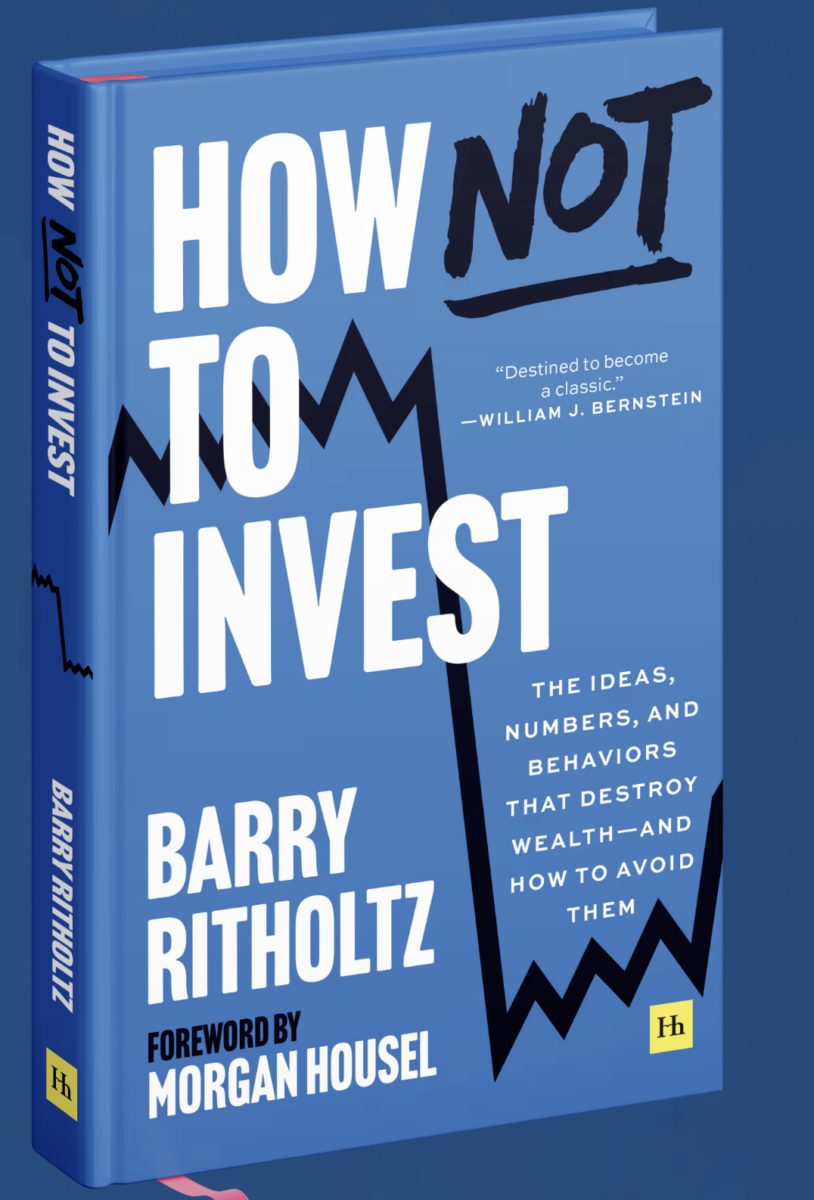
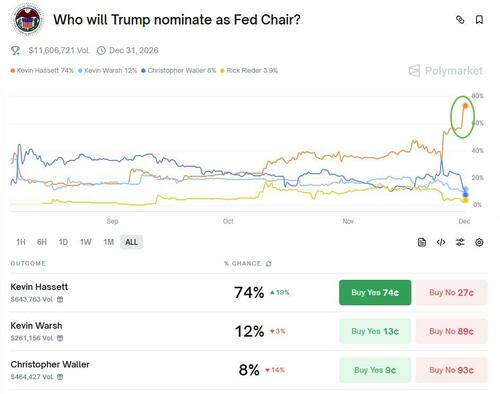
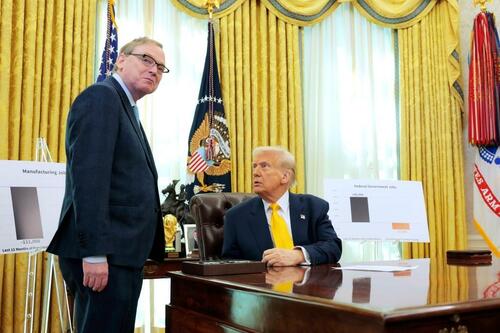
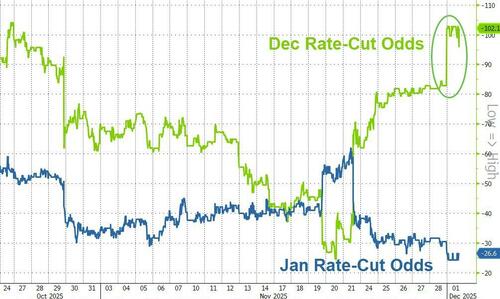

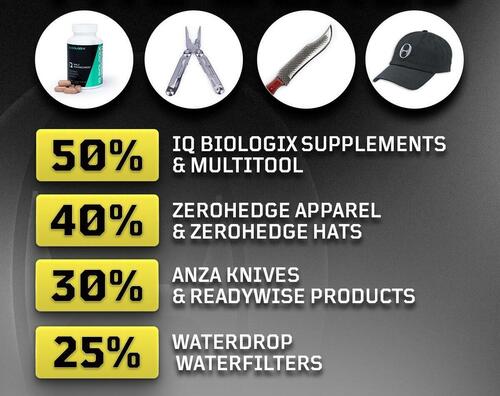


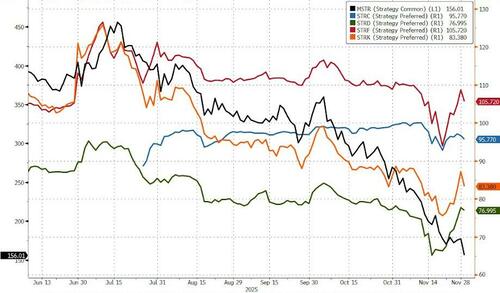


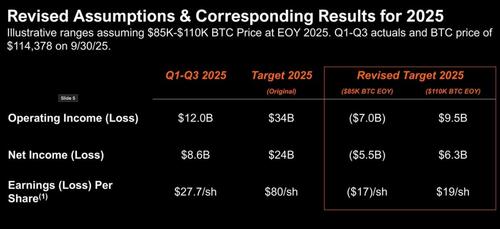

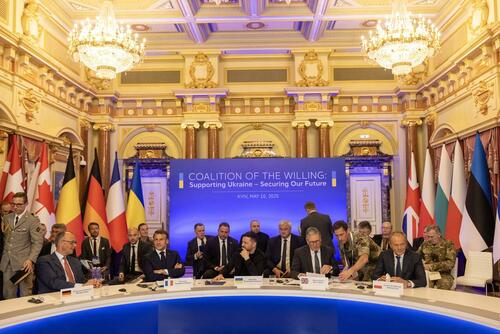 Image source: British prime minister's office, 10 Downing St
Image source: British prime minister's office, 10 Downing St


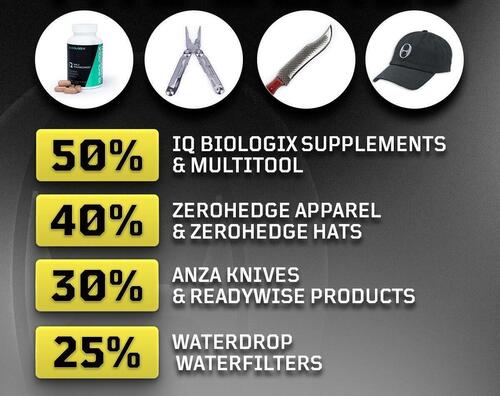
Recent comments